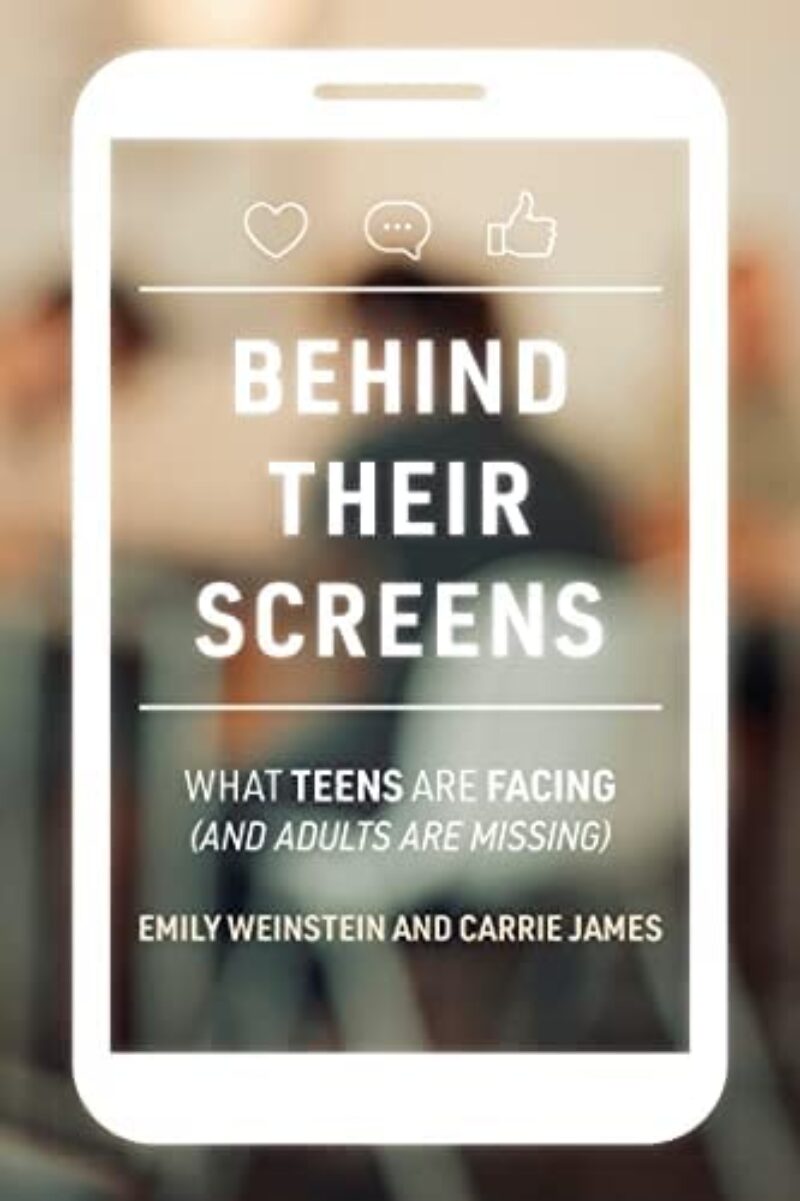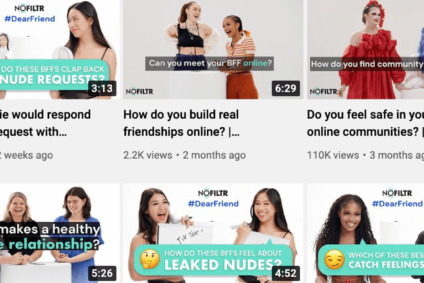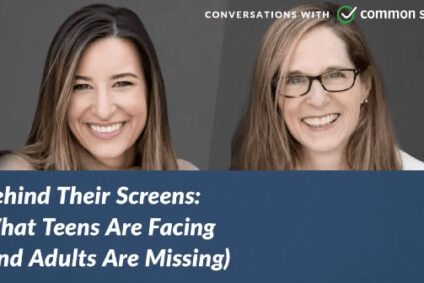The Online Safety Toolkit: “Behind Their Screens” and The Evolution of Online Safety

This month, we’re zooming out to share one of the most important and recent developments in online safety.
In the new book Behind Their Screens: What Teens are Facing and Adults are Missing, authors and researchers Emily Weinstein and Carrie James share the findings of over 10 years of studying youth online, including bringing youth into the research process, itself. (Official book website) The result is a rich and nuanced picture of how we might more effectively accomplish safety goals (many of which are more aligned with kids than we imagine).
Any parent or professional who works with kids will find value in this book, but we also want to share some takeaways as they pertain to child sexual abuse prevention:
There is no one type of internet usage:
Apps that are used for risky behaviors are also used for positive ones. This is easily seen in an example like Youtube, where kids can learn and grow, but also potentially be exploited. But even apps like Discord, a messaging service that is too often used to exchange Child Sexual Abuse Material (CSAM), have diverse uses. Teens have used private Discord chats to support each other academically and mentally, especially in the pandemic.
Kids are not unaware or unconcerned:
When we approach kids as adversaries in the mission to keep them safe, we fail to recognize all the ways kids already do think and worry about their safety and online wellbeing. From screen time, to predators, to leaked photos, and much more, some kids think about and navigate these risks daily. Knowing that can make them collaborators in their safety.
There are different motives and outcomes to sexting:
While all sexting is risky, it is not all equally so, and it does not always lead to feelings of harm, even among adults reflecting in hindsight. The spectrum of motives that cause adults to engage in this risky behavior also motivate some kids. When sexting has been experienced as positive, worst-case messages and stories may detract from adults’ credibility or influence.
The details are essential:
Emotionally and legally, the specifics of an online exchange of explicit images matters. Whether images were consensual, coerced, or shared without permission; whether a child was sender, recipient, or forwarder; the risks, outcomes, and best actions vary depending on each individual situation.
We are under-equipping kids for their circumstances:
Because sweeping messages and warnings have not fully spoken to kids’ more nuanced experiences, they are left to solve specific problems alone. The result is, for example, TikTok videos explaining steps to take to secretly embed the name of the person receiving a nude image, in case the sender needs to prove someone forwarded the image in the future. While we wish many of these situations did not exist, it is still in everyone’s best interest if adults and kids come together to tackle them.

